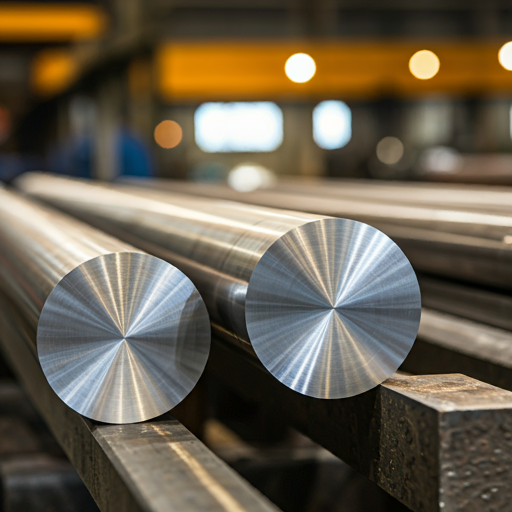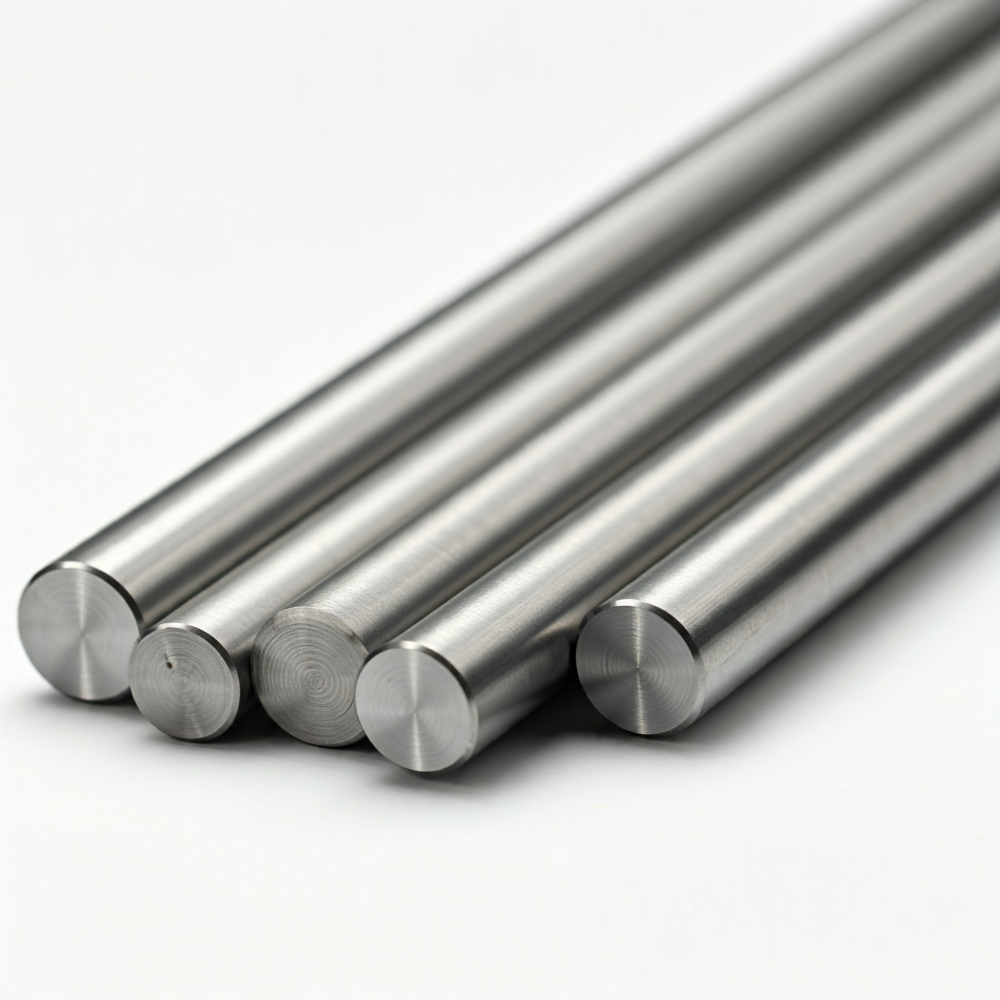What is Tool Steel? It isn’t easy to define perfectly. But most folks agree: it’s different from regular or carbon steels. How? Two main reasons:
- It has alloy elements mixed in.
- You must heat-treat it before using it. Learn more about The heat treatment of tool steel.
Heat treatment steps like normalizing, quenching, and tempering strengthen it. Think of it as “training” the metal for tough jobs.
Here’s a quote from the Steel Products Manual:
“Tool steels are carbon, alloy, or high-speed steels. They can be hardened and tempered. Most are melted in electric furnaces. They’re made under strict grade practices to meet special needs. People use them in tools or machines for cutting, shaping, or forming materials—even at high temperatures. Why? They’re tough, wear-resistant, and last longer. These traits keep tools working their best.”
So, it must check three boxes:
- It can be hardened by heat treatment.
- Made with special processes.
- Used for cutting or shaping stuff.
Not all are the same. Some follow national standards, and others are custom grades. Even if two steels have the same recipe, different brands tweak them. Over time, trusted brands build their own “signature” grades through testing.

ASTM Classification of Tool Steel
| Type | Symbol | Example Grades |
|---|---|---|
| Water-hardening | W | – |
| Shock-resisting | S | – |
| Oil-hardening cold work | O | O1, O2 Tool Steel |
| Air-hardening cold work | A | A2 Tool Steel |
| High-carbon/chromium dies | D | D2, D3 Tool Steel |
| Plastic molds | P | – |
| Hot work (chromium/tungsten) | H | H11, H13 Tool Steel |
| Tungsten high-speed | T | – |
| Molybdenum high-speed | M | – |
Other Naming Systems
- UNS: A numbering system by ASTM and SAE (started in 1975).
- ISO 4957: Replaced the old DIN 17350. It uses numbers based on chemistry.
- JIS (Japan): Codes like SK×× for carbon tools, SKD× for hot work steels.
Psst! Want more on standards? Check out An Overview of JIS, ASTM, ISO, and EN Standards.
Due to their specialized properties, common grades like D2, D3, A2, H11, H13, O1, and O2 Tool Steel are widely utilized across industries.
Key Alloy Elements & What They Do
Tool steels need carbon for hardness. But alloys are the secret sauce:
- Chromium (Cr): Makes steel harder and tougher. D2 (1.5% Cr) and D3 (2.25% Cr) love chromium for cold jobs.
- Cobalt (Co): Keeps hardness at high temps. Great for drills!
- Manganese (Mn): Helps steel harden evenly. O1 Tool Steel uses it for oil quenching.
- Molybdenum (Mo): Boosts heat resistance. H11 and H13 rely on it for hot work.
- Tungsten (W): Fights wear. Pair it with carbon for super durability.

